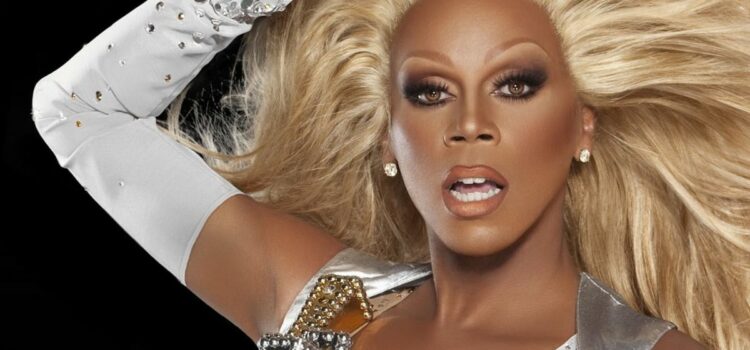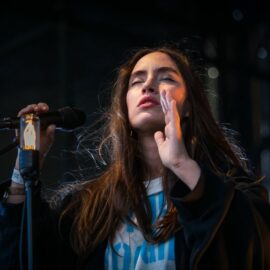
Performance art has always been important for LGBTQ+ people to say what they want. People can express themselves through the performing arts in ways that challenge traditional gender roles and help them accept themselves. Artists have used this medium to break stereotypes and change ideas about gender and sexuality on stage.
In this blog post, we’ll talk about how important it is for LGBTQ+ performance art to break stereotypes, the history of LGBTQ+ performance art, the problems that LGBTQ+ performers face, and how artists are redefining gender and sexuality on stage.
Historical Context of LGBTQ+ Performance Art
LGBTQ+ performance art has been around for a long time, since the 1960s. Back then, the only safe places for LGBTQ+ people were gay bars and clubs. Even in these areas, police raids and arrests were a common occurrence.
In response to this hostile environment, LGBTQ+ people started putting on drag shows, burlesque shows, and other forms of entertainment that gave them a safe place to express themselves.
One of the first pieces of LGBTQ+ performance art was the drag queen scene. Drag queens used to put on shows in bars and clubs, where they would impersonate famous women and use comedy to break gender stereotypes. They used their performances to challenge the dominant culture’s ideas about gender and sexuality and to give the LGBTQ+ community a safe place to talk about themselves.
The ball culture of the 1970s and 1980s was an important part of LGBTQ+ performance art in another way. This subculture started in the black and Latinx LGBTQ+ communities.
Breaking Stereotypes through Performance Art
Stereotypes are a big part of our culture and impact how people are seen and treated. The LGBTQ+ community can be hurt the most by stereotypes, leading to discrimination, exclusion, and violence. Performance art is a way for artists to challenge stereotypes and help people accept and understand each other.
One of the most common misconceptions about the LGBTQ+ community is that all gay men are girly and all lesbians are tough. This stereotype is harmful because it reinforces the idea that gender is binary and that people who don’t fit traditional gender norms are weird.
Examples of Artists who have Used Performance Art to Break Stereotypes
Many LGBTQ+ artists have used their work to fight against stereotypes and encourage acceptance. RuPaul, for example, has been putting on drag shows for more than 30 years, and these shows often challenge ideas about gender. RuPaul’s platform has been used to help people accept and understand the LGBTQ+ community, and many LGBTQ+ people look up to him as a role model.
Lea DeLaria is another one. She is a well-known actress, comedian, and jazz musician. People have used DeLaria’s performances to break down stereotypes and show support for the LGBTQ+ community.
Redefining Gender and Sexuality
Performance art has also changed the way that gender and sexuality are shown on stage. Artists have used their performances to show various gender expressions and sexual identities. They have done this to challenge the idea that gender and sexuality are two sides of the same coin.
One example is how drag is used to change how people think about gender. Drag shows aren’t just about imitating women; they’re also about breaking down barriers between men and women and getting people to accept all kinds of gender expression. Drag artists use their performances to question the dominant culture’s narrow view of gender and to create a safe space where people can freely express themselves.
Challenges Faced by LGBTQ+ Performance Artists
Even though the LGBTQ+ community is becoming more accepted and understood, LGBTQ+ performers still face a lot of problems. Still, LGBTQ+ performers face discrimination and prejudice, and traditional and conservative audiences often don’t like performances that question traditional gender roles and encourage acceptance of different sexual identities.
The “gay panic defence” is one kind of discrimination that LGBTQ+ performers have to deal with. This defence is used in court to say that a person’s violent actions were okay.
Traditional and conservative audiences often don’t like LGBTQ+ performers, which is another problem they must deal with. Many conservative people think it’s wrong or offensive for performances to question traditional gender roles and encourage acceptance of different sexual identities.
Conclusion
LGBTQ+ performance art has helped break down stereotypes and make the LGBTQ+ community more accepted and understood. Artists have used their performances to challenge traditional gender roles and promote a positive view of sexuality. This has created a safe space for people to express themselves freely.



